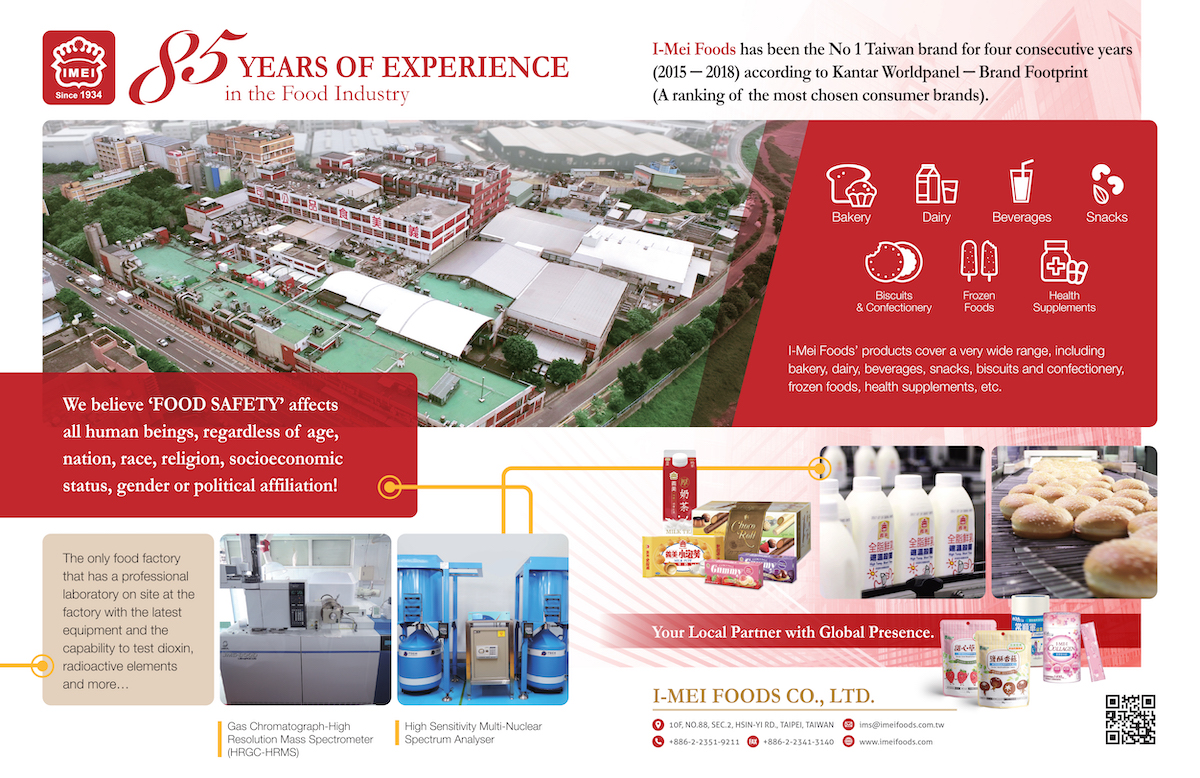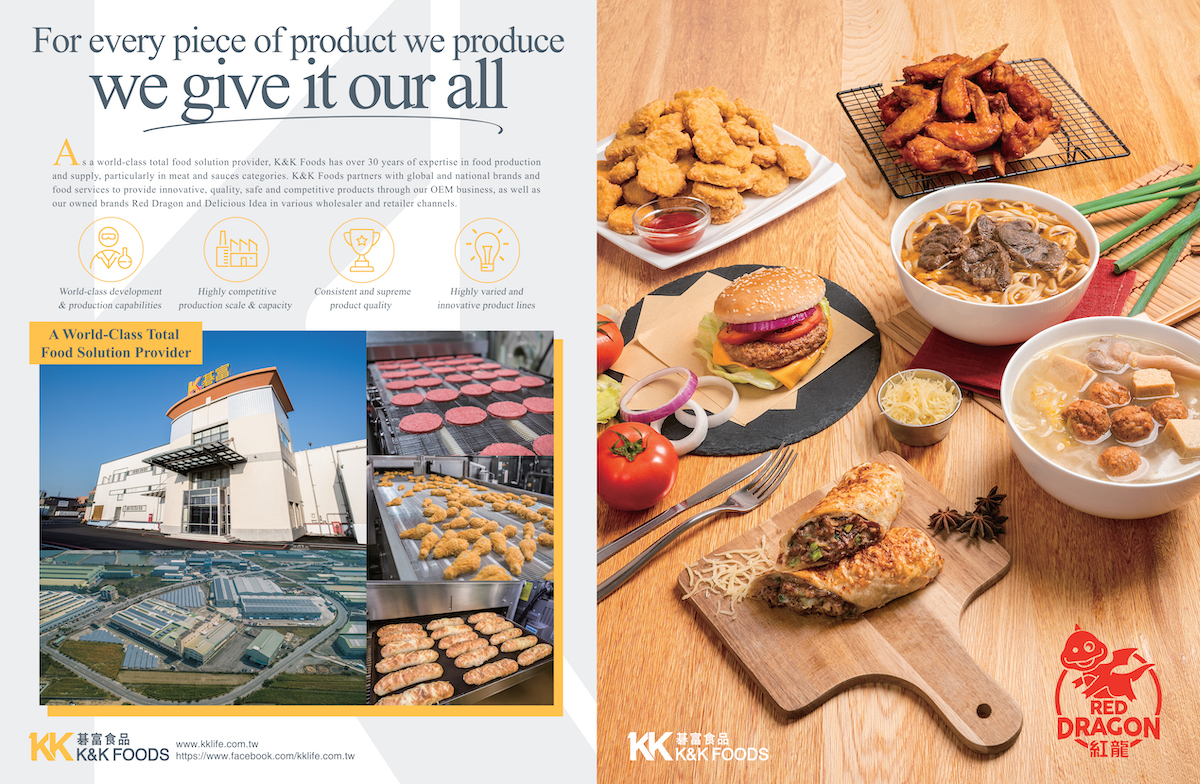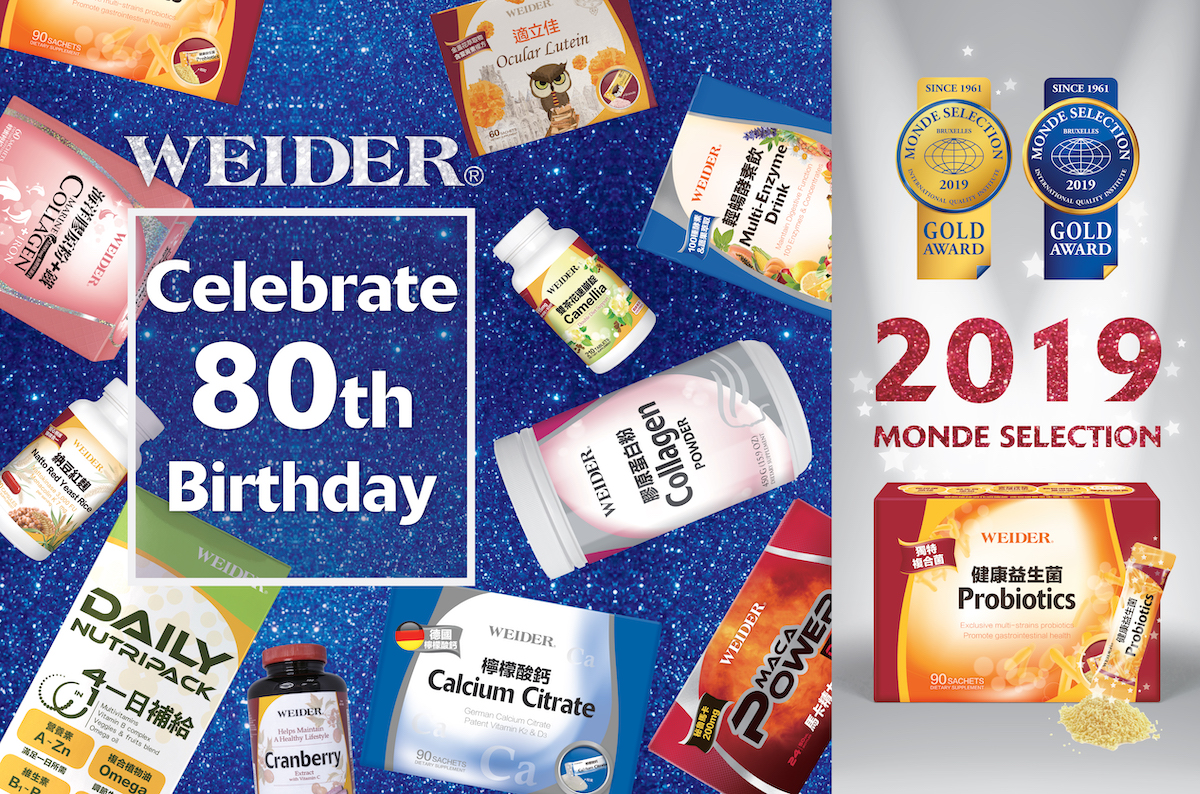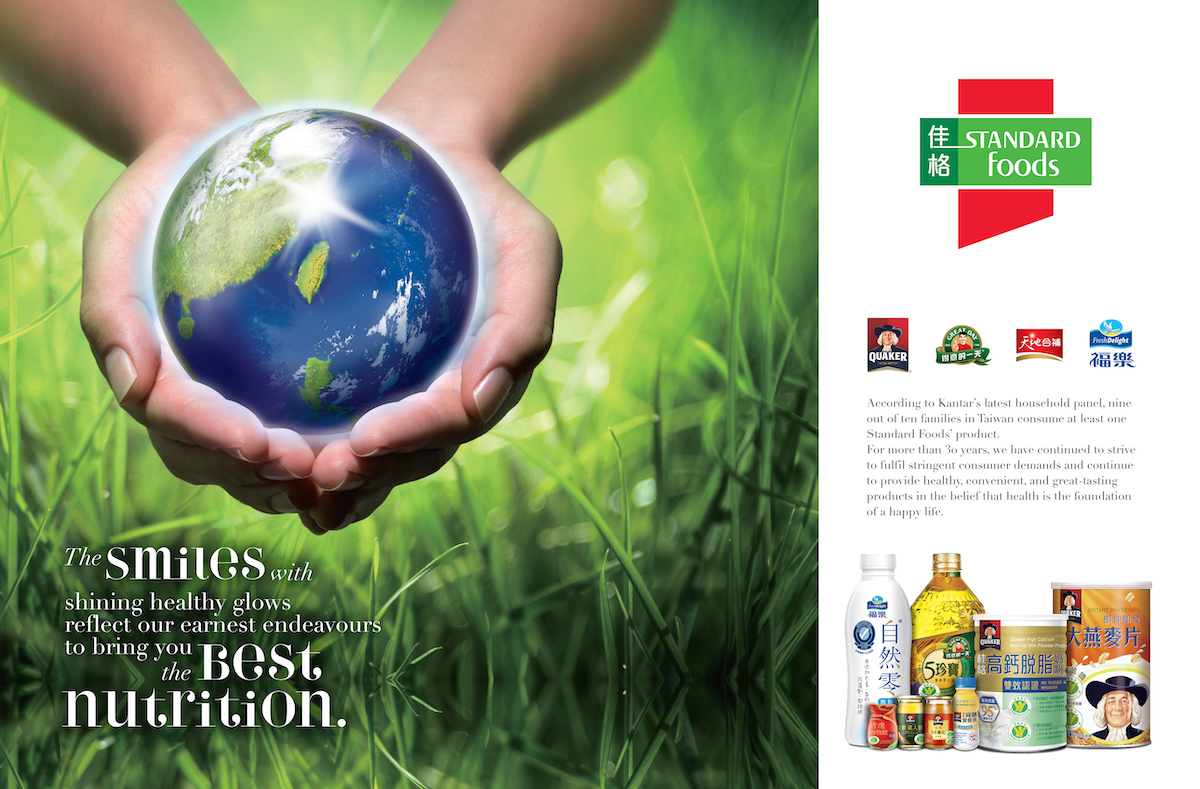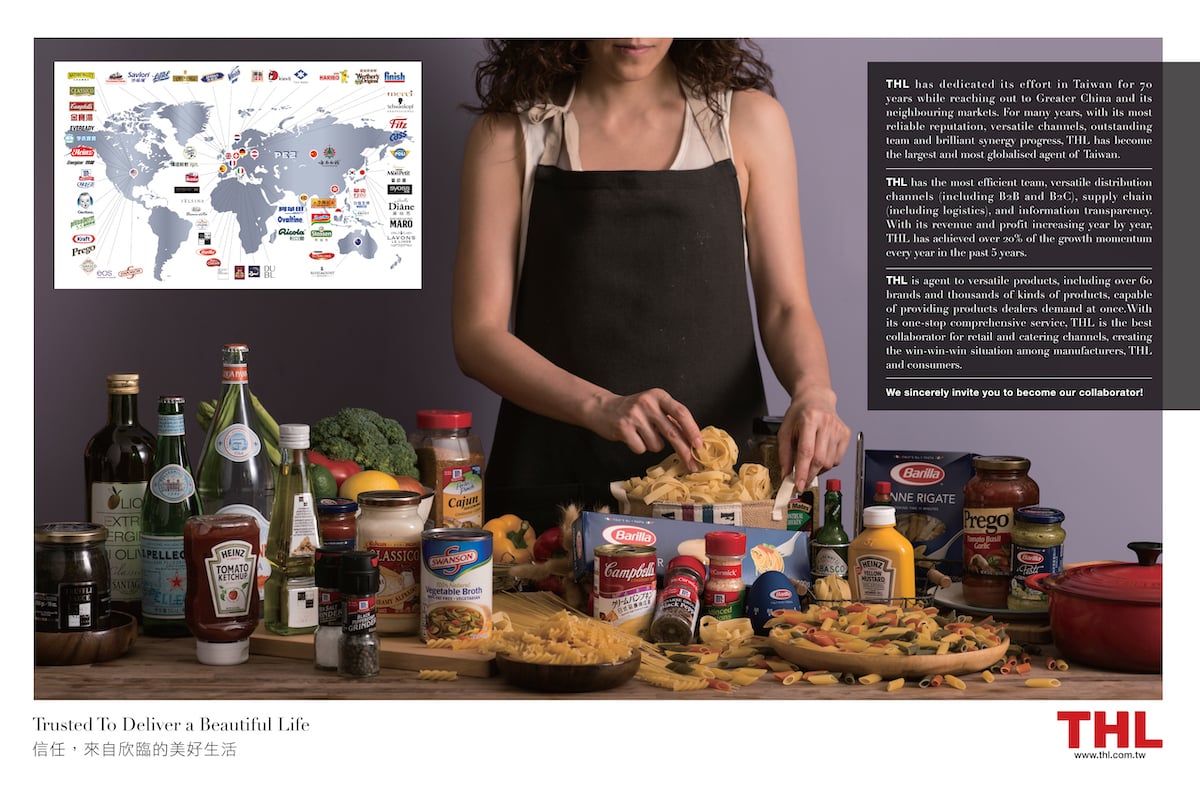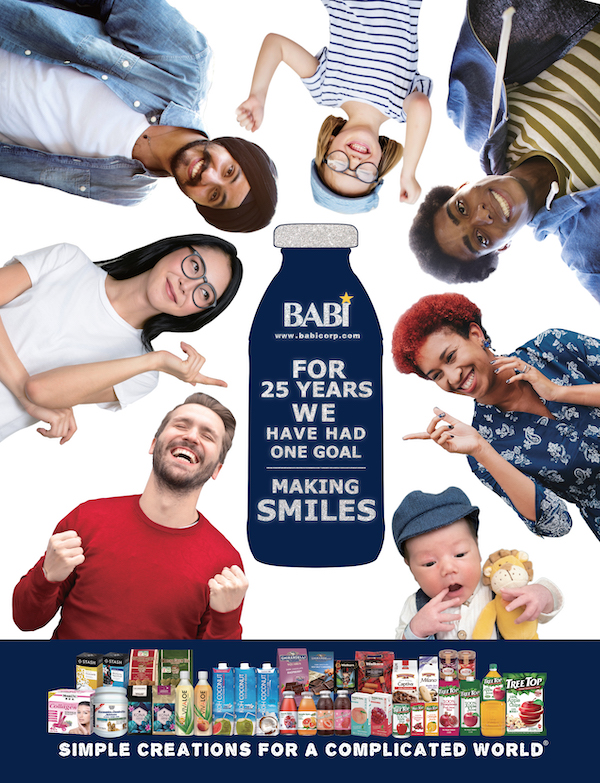Even the briefest glance at Glassdoor, the online forum that allows employees to complain anonymously and publicly about their boss, their pay and their workload, can be disheartening.
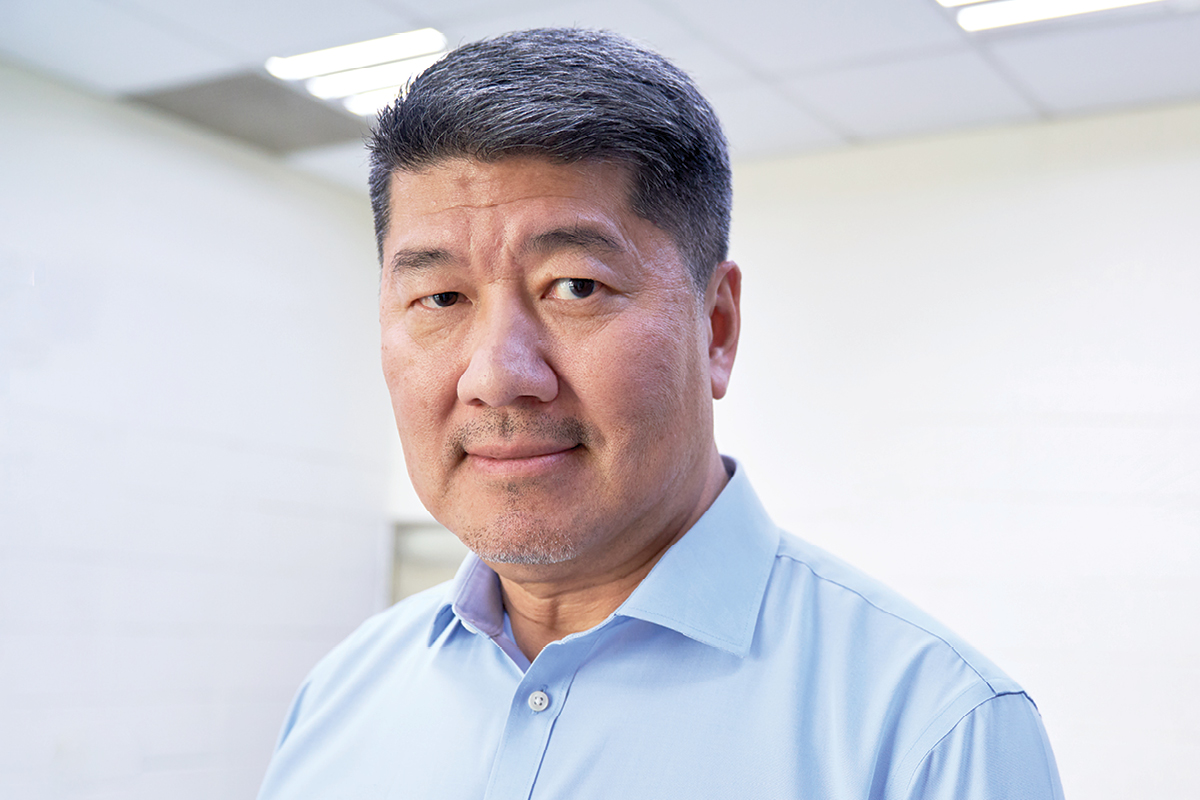
In 2017, the site found out only a third of all employees in the US are engaged with their job, while less than half would recommend their current employer to their friends.
One company that bucks the trend is Costco. Listed by the site as one of the best places to work in 2016, 2017 and 2019, more than 90% of the company’s employees on the site approve of CEO Craig Jelinek, while four in five say they would recommend the company to a friend.
That performance can be attributed to many factors, but when The CEO Magazine sat down to speak with Richard Chang, Senior Vice President of Costco Asia, he highlighted the company’s flat structure as a major selling point.
“In companies like this, you have a lot of room to excel and be recognised because of the looseness of the structure,” he explains. “You can’t hide behind people; you’re accountable for everything you do. If you do well, you’re recognised for it; if you do poorly, well, you’re recognised for that, too.”
The lack of hierarchy and other formalities carries over to Costco’s internal dealings. Richard shares that although he may be Senior Vice President, he rarely goes by that title.
In fact, no-one in the company is addressed with an honorific or by surname. “Our CEO? We call him Craig. My boss? I call him Jim.” As for himself? “Right now, I’m wearing a name tag that says ‘Richard’ on it. That’s it. Everybody calls me Richard.”
Career break
Richard will be the first to admit that he’s not like most other executives, and that’s not just because he’s playful and plainspoken; at 6’6” in height, his background isn’t in the boardroom but the basketball court, as a semi-professional player in the NCAA.
“From third grade all the way through to college, I was playing in professional or national teams,” he says. “That was my life up to then, but I was smart enough to know that I had to transition out of it and begin a new chapter in my life.”
“From third grade all the way through to college, I was playing in professional or national (basketball) teams … but I was smart enough to know that I had to transition out of it and begin a new chapter in my life.”
At the University of California, Berkeley, Richard played for four years, managing a 3.5 point average per game during the 1985–86 season. As the only Taiwanese player in his division, he earned inevitable comparisons to NBA great Jeremy Lin, eventually playing for the Taiwan National Team for three years after he finished his studies in the US.
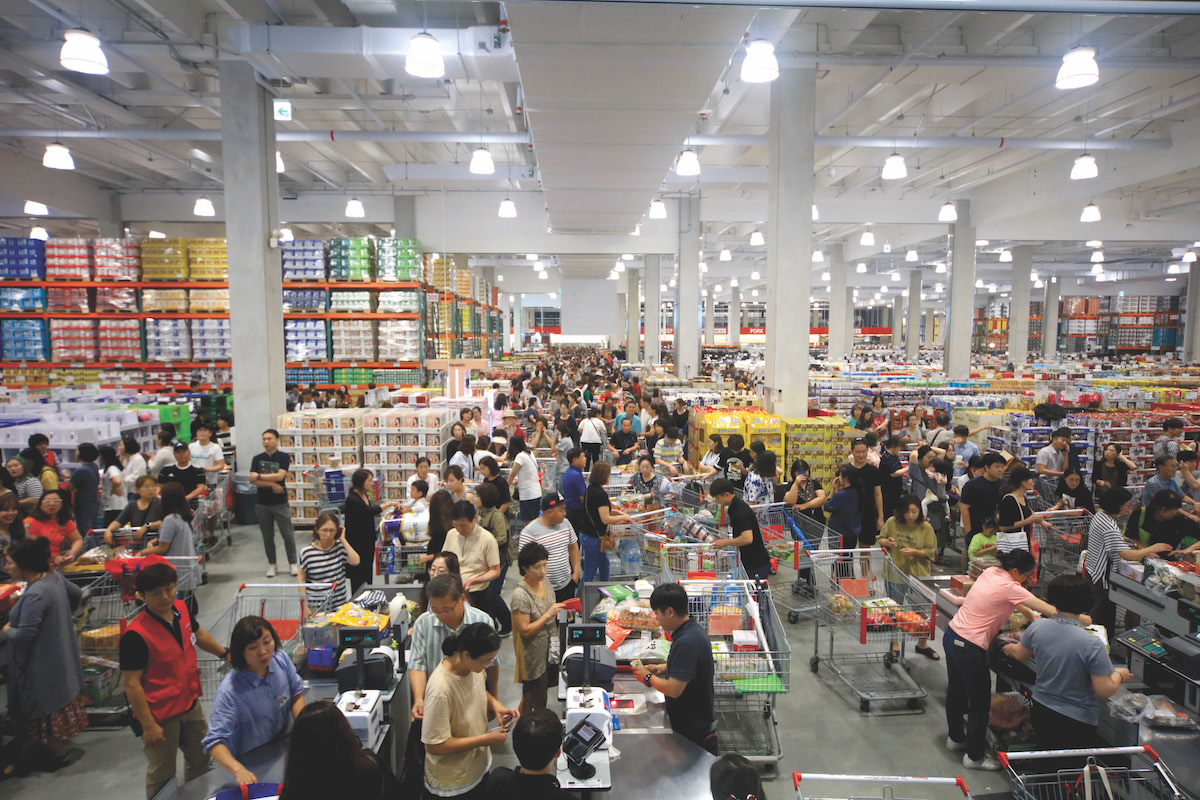
Richard admits his transition from basketball star to Senior Vice President of Costco Asia was not obvious or expected. “The fact of the matter, though, was that my basketball days were fast coming to an end and I had to look for a secure career; I couldn’t be an athlete forever. It was out of necessity that I went into the real world and found a stable job.”
When he explains it that way, it sounds as if he was giving up on his dreams for a corporate role. That couldn’t be further from the truth, though.
“I never viewed my lifelong career as being in basketball,” he explains, likening it to a phase he had to go through in his youth and exorcise from his system.
“You ask athletes – at least, the ones I know – and they tell you they’ve had a lifelong dream of playing basketball at the professional level. I think that’s at the back of everyone’s mind. But a lot of us are more realistic and know that sports and athletics are a means to an end, but not the end. Those who figure that out early are more practical than those who try to pursue their dream and end up not achieving it. It may sound a little pessimistic, but that’s the reality of the situation.”
However, Richard doesn’t make light of the difficulty of establishing a professional career after spending years as an athlete.
“People always ask me, ‘How can you say that as a former athlete?’, and my response is that I can say it because I’m a former athlete. I know people think that’s sad, but sport has had a positive impact on my life. At the same time, I’m realistic about the value of sport. Even if you think it’s going to be your career and you can rely on it for the long-term, you’ve got to have a backup because there’s a chance it won’t happen for you.”
At the same time, Richard is hardly dissatisfied with where his career has gone since then. Now celebrating his 26th year with Costco, his career began when he joined a company called Price Club in the mid-1990s.
Working as a merchandiser for two years, the company would eventually merge with Costco before being bought out altogether.
“I was living in San Diego, California, at the time, and I was looking after the merchandising and imports. I was travelling to Singapore, Malaysia and Thailand frequently, inspecting factories and making assessments about the quality of the household goods manufactured for the company.”
After Costco and Price Club merged, he was given the opportunity to work overseas, transferring to the International Development and Expansion department.
As well as serving as a wholesaler, Costco also manufactures and sells its own products under the Kirkland Signature brand name. Founded in 1995, Kirkland products are introduced when Costco believes it can beat other brands on pricing, eliminating fluctuations in price by insuring that a cheaper alternative is always available.
At that time, Costco was investigating opening stores throughout Asia, with one of the first countries to express an interest being Taiwan. “We started working with partners over there, and I was involved in due diligence and negotiations of a joint venture agreement.”
When contracts had been finalised 12 months later, Richard was asked to operate the business in Taiwan. “At that time, I had no experience in operations, but I decided it would be a good opportunity. So, I moved over, started hiring people, rented an office and scouted for property. In 1997, we opened our first store – or, as we call them at Costco, warehouses – in Kaohsiung.”
Richard describes the first five years as a “roller-coaster” and “challenging”, revealing that in that time, Costco didn’t turn a profit in the region, only breaking even in its fifth year.
“There was a lot of soul-searching and explaining we had to do with our employees, members and headquarters. They were as puzzled as we were. They wanted to know why growth wasn’t as fast in Taiwan as it had been in the US, and the truth was that our business model and the principles of our company weren’t aligned with people’s expectations of what a retailer should be.”
Richard is referring to Costco’s wholesale membership model. As opposed to other department stores, Costco sells memberships to its customers so they can access the company’s warehouses.
For a yearly fee, customers can access a high volume of low-cost goods, which means that marketing and merchandising overheads, as well as other handling fees, are essentially zero.
While that model is relatively common now, at the time Richard started with Costco it wasn’t popular as a business model.
In the US, where most of the company’s warehouses are located, the concept was hardly practised. The company had been in operation for just 14 years at that point, and the lack of advertising meant it depended on member recommendations for an increase in membership and sales.
Naturally, that took time and patience. “You can imagine when Costco was new in the US and Canada, and then here, in Taiwan, where people had no idea what it was. They couldn’t fathom that you would have to pay a membership fee upfront before you even shopped at the store. So, that was an education in and of itself.”
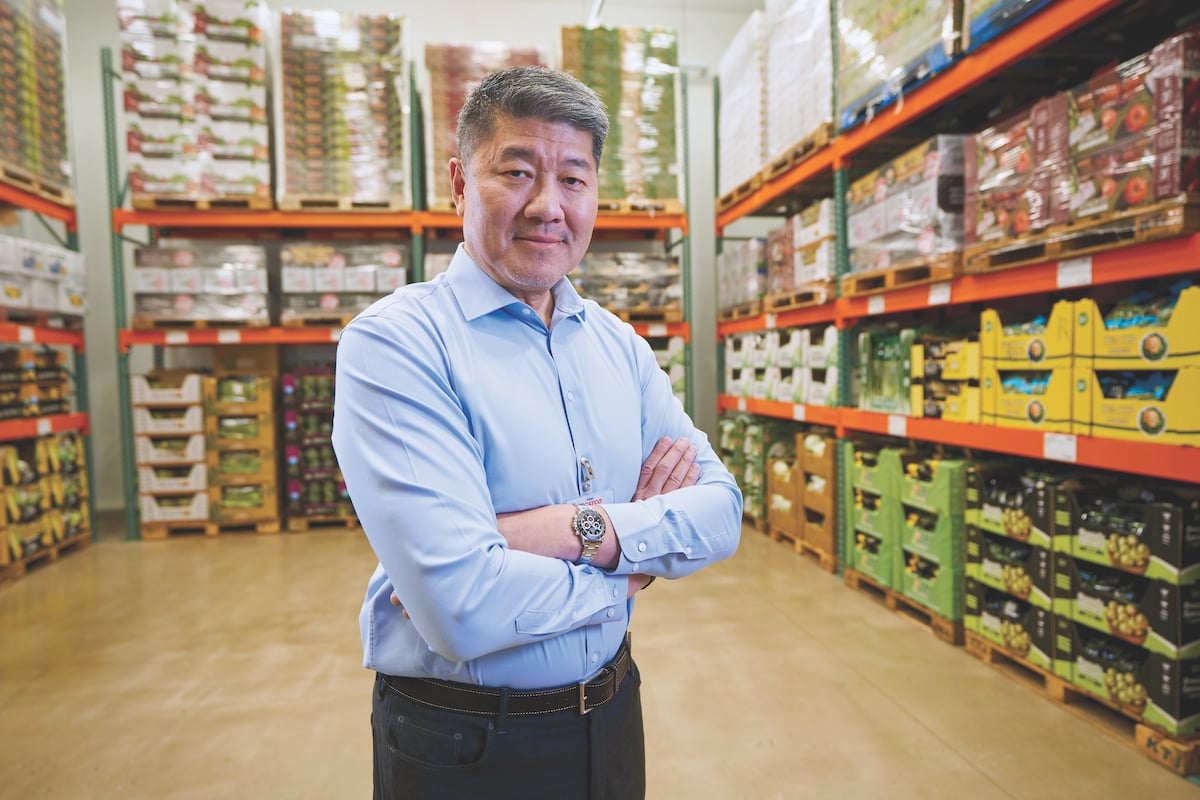
The first five years for Costco in Taiwan involved Richard educating the market about the value of having to pay a membership fee upfront before shopping. “People wanted to know the value of shopping for a fee,” he explains.
“We had to show people that value; you can explain it until you’re blue in the face, but until a customer comes into the warehouse, sees the products, tastes the food and wears the clothing, they won’t have that aha moment when it makes sense to them.”
“Until a customer comes into the warehouse, sees the products, tastes the food and wears the clothing, they won’t have that aha moment when it makes sense to them.”
Part of the problem stemmed from a lack of advertising (Costco rarely pays for advertising), meaning that people generally have to go out of their way to find stores. The main growth strategy the company relies on is word-of-mouth marketing.
“To this day, our most effective advertising is when someone comes to Costco, goes home and tells their family members about their experience and has them come and shop with us. When people didn’t know who we were, they were confused. They would tell us we should change the business model or that we didn’t understand the Taiwanese and Chinese markets,” he says.
“We had to press to be given the time to understand and grow in the market, because we saw the exact same thing happen when we opened stores in the UK. It takes time for people to understand our business model.”
Richard said he had to fight against instituting “moving targets” in those early days, as many were anxious to see the company turn a profit. “If we were changing our business model every six months, people who liked us already would become confused and wouldn’t want to shop with us,” he says.
“We had the fortitude and the perseverance to stick with the model because we had confidence in it. It was hard that first year, it got better the second, and by the third year, we could see the light at the end of the tunnel.”
As soon as Costco became profitable in 2002, it began opening more warehouses, expanding into Taipei in Taiwan, where the business model had more of a chance of being embraced.
From there, the company developed momentum; now, Richard says most major cities in Taiwan have a Costco. “Eventually, people caught on. They told their friends and families about us. There were positive stories in the news. Now, we can open stores wherever the opportunity arises.”
Today, Costco operates 13 warehouses in Taiwan, with physical expansion likely to continue. “As most other retailers have reduced their scale and consolidated, we’re opening more warehouses than ever, and we’re developing an ecommerce platform that can complement it. We’ve got Costco gas stations, too, and we’re moving in the opposite direction of most of our peers.”
Based in the US, Costco was founded in 1983 in Seattle, Washington. By 1990, its sales had soared to US$9.3 billion, and after merging with Price Company in 1993 that grew to US$16 billion. By 2017, the company had totalled US$126.1 billion in worldwide sales.
Being a team player
Despite having left the world of athletics behind, Richard relates much of his knowledge back to basketball, whether that be through calling himself a coach as opposed to a leader, or through seeing business as a game in need of sportsmanship and cooperation.
It’s not surprising, then, to find out that Richard channelled much of his insights into a motivational and self-help book he authored called Coaching Yourself, published in 2017.
In it, he articulates the challenges of pursuing passions while being realistic about the steps needed to get there. “I had learned so much and had so many positive experiences as a former athlete that I wanted to share that with younger people,” he explains.
“There’s far less face-to-face interaction these days, and that’s because there are so many other ways of communicating with people. I wanted to write about how my experiences with sport had developed who I am and who I could be and communicate that to younger audiences.”
In the book, Richard lays out a strategy for navigating the complexities of the business world, formulating a simple system to explain how he achieved success. He calls it “The Three Cs and the Three Ds”.
“The first ‘C’ is about content,” he explains. “When you’re young, you’ve got to experience as much of the world as you can. You can’t be an empty box; you have to have something in your stomach and between your ears, and that something is content.
“You can’t be an empty box; you have to have something in your stomach and between your ears, and that something is content.”
“When you’re young, I say, ‘Look for a job or a career that you can gain experience in and build content awareness. Don’t just look at another job because someone is promising to pay you 30% more.’ Young people will switch jobs for something as small as a 5% pay increase, and I try to tell them it’s just not worth it. Pay is not a priority, because you want to receive as much content as you possibly can.“The second ‘C’ is context, which is asking yourself, ‘Why is this experience important? How do I relate this to my daily life? How do I relate this to my future?’
“And the third ‘C’ is contact. At an early age, it’s important to meet a lot of people and create networks, because you never know who you’re going to reach out to. Someone could be helpful to you in the future, so you have to build your Rolodex, save those business cards and be prepared to reach out to those people.
“Then, there are the three Ds. The first ‘D’ is definition; ‘How do you define yourself? Who are you? What is your brand? What do you do? Someone reading this article will have a good definition of who Richard Chang is, right? That’s because I’m defining myself,” he explains.
“Then, there’s differentiation: ‘How are you different from your competitors or from other applicants who are applying to that university or job? How do you make yourself different?’ It’s even simple stuff, like asking why people walk across the street into a Starbucks to buy coffee as opposed to walking next door to one of the other brands. What’s the difference between those two stores?
“And the final ‘D’ is discipline. That comes straight from sports; So, ‘How do you maintain definition? How do you maintain differentiation? Why are you getting up earlier than somebody else to get to work? Why are you getting up earlier and going to the gym?’ That’s the discipline that sets you apart and lets you pursue those other elements.”
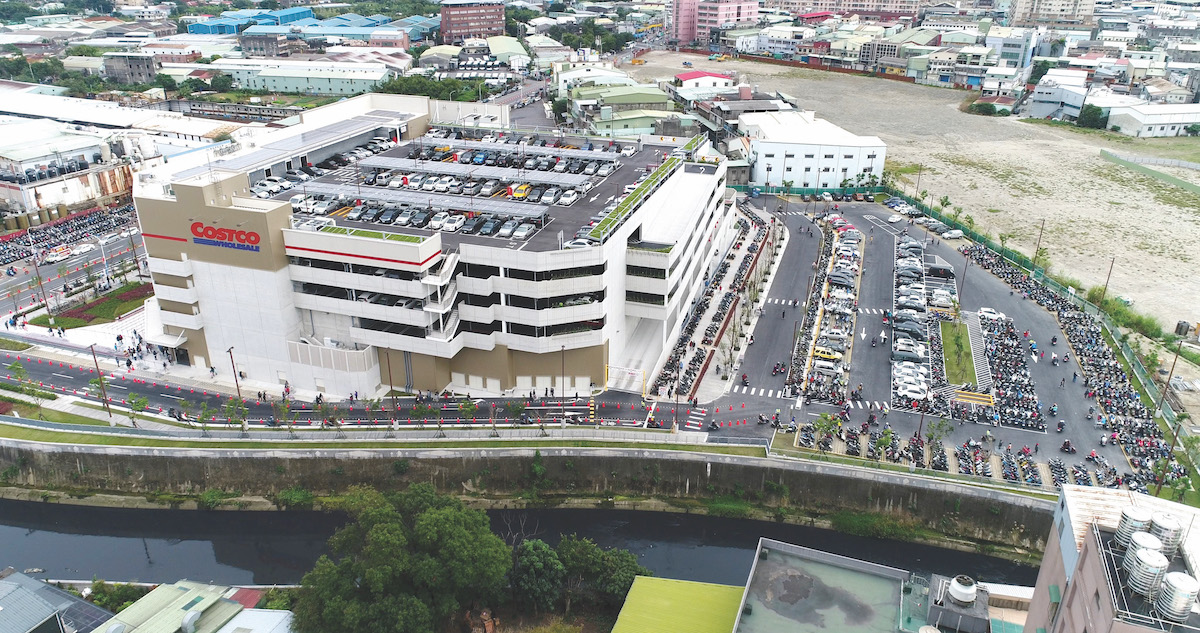
Richard says these lessons were important for him to impart because they weren’t the sort he learned in classrooms. They were what he learned through playing team sports and having to coordinate in real time with dozens of other players.
“I believe sport is as important as maths, reading and writing. I think a lot of Asian families in particular think education is a zero-sum game and that you’re either studying or you’re not. It’s the idea that sports takes away from education, and I think the opposite is true.
“What I wanted to do with my book was teach competitiveness, sportsmanship and perseverance, because these aren’t lessons learned in a classroom. Every time I would step on the court, I was competing and showing those values. It’s difficult, but I guarantee sports can teach that.”
With his writing, Richard says he is trying to teach “brain sports”, which takes mundane educational tasks and imbues them with the urgency of professional athletics. In that way, he sees himself as a coach rather than as a manager or executive, a title he is eager to embrace.
“If I were to ask you if you remembered your teachers’ names from high school, you’d draw blanks. If I asked you about a coach you had when you were playing junior sports, you would remember his name as well as all the stuff he used to yell at you. If you didn’t have those experiences growing up, you probably won’t think the same thing, but I guarantee if you ask an older athlete about their coaches, they’ll remember every single one of them.
“The same is true for young people today. You can tell a high school student to study hard and they’ll probably nod at you politely. If we put it to them like it’s a game of sports and tell them they’re in the fourth quarter and need to work hard to build on all the work they’ve done in the past three quarters, they can understand the urgency of what they’re faced with and carry on.”
Richard runs Costco in much the same way. “My players are my directors and heads of department. As the coach, I don’t want to be personally dribbling the ball up the court, because that’s my shooting guard’s job,” he reasons.
“I don’t want to wade into the information systems because I don’t know more than the head of that department. If I did, we would be in serious trouble. I don’t know more than my CFO about accounting, forecasting or cost analysis. If I did, I would’ve hired the person for the job. My job as a leader is to guarantee everybody has the same mindset and that we’re going in the right direction, and that’s what I aim to do.”
Facilitating an autonomous environment for his workers is important to Richard. “I have five directors who have worked with me for more than 25 years; they like to work in this environment and they like to work with me, and it’s because I treat them with respect and not as a subordinate. We have mutual respect, and that comes 100% from being an athlete and being on a team.”
“I have five directors who have worked with me for more than 25 years … We have mutual respect, and that comes 100 per cent from being an athlete and being on a team.”
The analogy extends to performance management. Richard jokes that if ever someone is dragging their feet, he can usually guess that person has never played a team sport.
“It’s always the case. It’s startling to see that if someone has these problems, it’s usually the case that they’ve never played on a hockey, football or soccer team. They’ve never been in that community or in a position where they’ve been relied upon.”
Travelling on the court
With the success that Costco has already had in Taiwan, Richard sees the Asian continent as rife with opportunity. As the markets become increasingly wealthier, they become more inviting for Costco, which is part of the reason the company is now looking across the Taiwan Strait and into China.
“We’re looking to open our first warehouse in Shanghai in the second quarter. This will be our first bricks-and-mortar presence in mainland China; we’ve been there since 2014 with Alibaba’s Tmall. Now, though, we’re going to see if the original model works in China.
“I’ve been working on this for a long time now, and hopefully we’ll be able to open and duplicate what we’ve done in the other Asian markets. If we can provide a different business shopping environment and the utmost value to our members, I think we’ll be able to copy what we’ve done in the three other Asian markets we’re operating in. China is a big market for Costco, and Richard thinks the retailer will easily be able to deliver on its value proposition there.
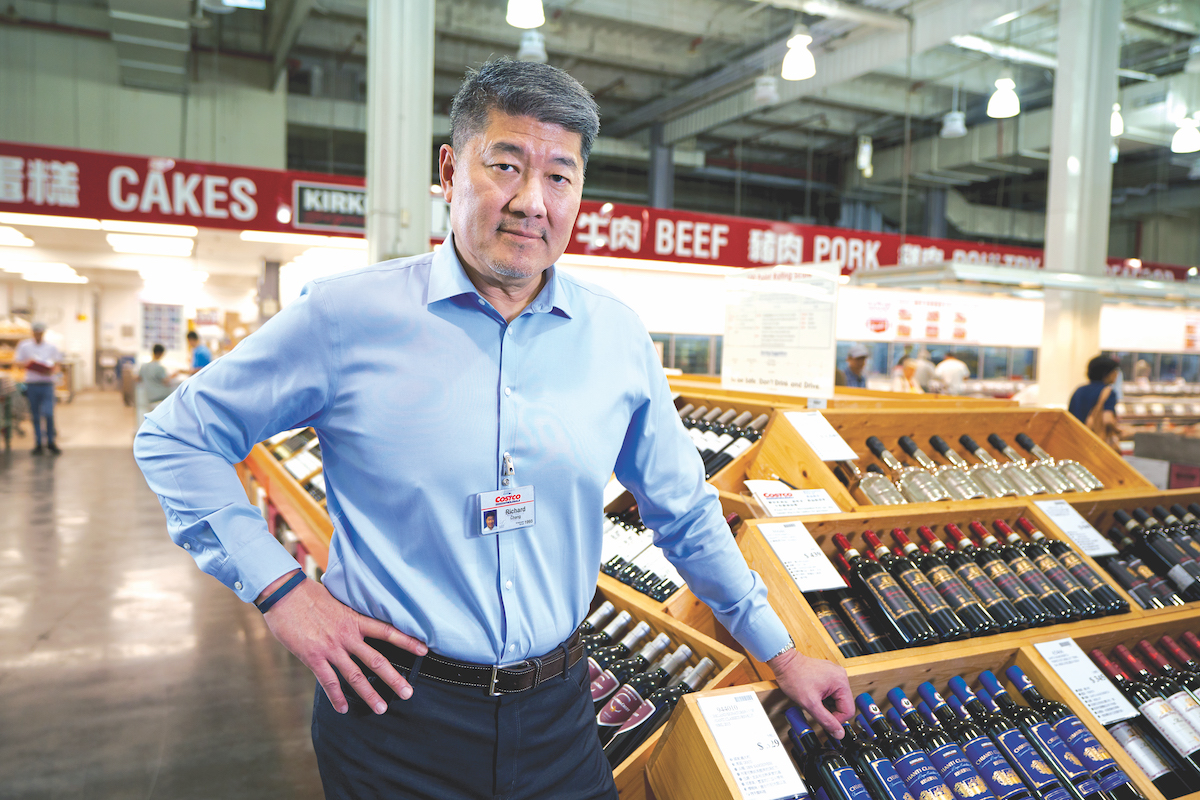
“In Asia, I think it’s interesting that Costco is a large North American retailer, and while we’ve not got the same impact in the market as, say, Walmart does, we have one of the widest and longest footprints of any of this type of retailer in the market.”
Richard says that reach will help further expansion into South-East Asia, in particular, Singapore. “It’s only got five million people, which limits our scalability, but we feel that it’s a great space from which to enter Indonesia, the Philippines and Malaysia with the free trade agreements in that area.”
That he would mention Singapore is interesting. As a market with a high cost of living and strong dollar, it would not be the most obvious candidate for international expansion. “It’s funny,” says Richard. “The more expensive a market is, generally speaking, the better we fare.
“We were told the Japanese would never buy in bulk because their houses are too small. But we looked at Japan and thought, ‘These people are sick of paying so much money’. It was a joke, because they were buying a single apple for the price at which we could sell an entire case of apples. The more expensive markets are, the more we can show people how they can save, and the more they embrace it. With 55 stores across Japan, South Korea and Taiwan, as well as a major presence in Australia and Asia–Pacific, Richard says the regional base is strong.
“That’s without even looking at South-East Asia where we don’t currently have stores. We’ve been strategic by going into affluent markets and offering value. It helps that there aren’t many department stores in the region, and shows the reach we can have in these markets.”
Having now pegged more than a dozen extra stores to open in South Korea, Richard admits that Costco is not overly zealous about expansion; it’s conservative, only expanding when it knows an opportunity is available.
“I’d never promise to open 500 stores in three years. What we do is open one warehouse at a time, and if that’s successful, then we’ll open our second, third, fourth and fifth. That’s our method; we don’t bite off more than we can chew,” he says.
“You can see that in a country like Australia, where we were able to leverage existing success to benefit local operations,” Richard explains. “When we open a store in South Korea, we have the leverage of those other stores and the 20 years we’ve been operating in the market.”
He says ongoing success depends on whether consumers in individual markets can embrace the paid membership model. “Having said that, we still have to deliver on our value proposition. We’ve got the legacy and it’s up to us to maintain that.
“It’s easy to not be the cheapest in the market, and we’re cognisant of that. We’re always challenging ourselves to become the authority on price, and that means everything we sell has to be the best and the cheapest. That’s why when somebody asks why we don’t sell something like Tabasco, I have to explain that I’d love to sell it, but the reality is we can’t sell it at a price that is of value.”
“We’re always challenging ourselves to become the authority on price, and that means everything we sell has to be the best and the cheapest.”
Consistent delivery of value is important at Costco. That’s why Richard says a good measure of whether the company is successful is if membership renewal rates are high, as opposed to high rates of new memberships.
“Our report card is evaluating how many people come back to us and keep signing up for memberships. It’s like going to a restaurant once and then knowing if you’ll ever go back there.
“Globally, we have a renewal rate of around 88%. In Taiwan, it’s closer to 90%, which tells me that of every 10 people who shop at Costco, nine will be coming back in the next two to five years. Without members, we have no sales. We employ a lot of analytics to see how much members spend per length of membership, and we’ve seen that customers who’ve been with us for years will spend more money at Costco because we build trust and a relationship with each member.”
While Richard is excited about the markets in Asia, he does confess to some trepidation when asked about ongoing trade tensions between the US and China. In years past, executives were eager to talk about international partnerships, he notes, especially the trade relationship between Asia and North America.
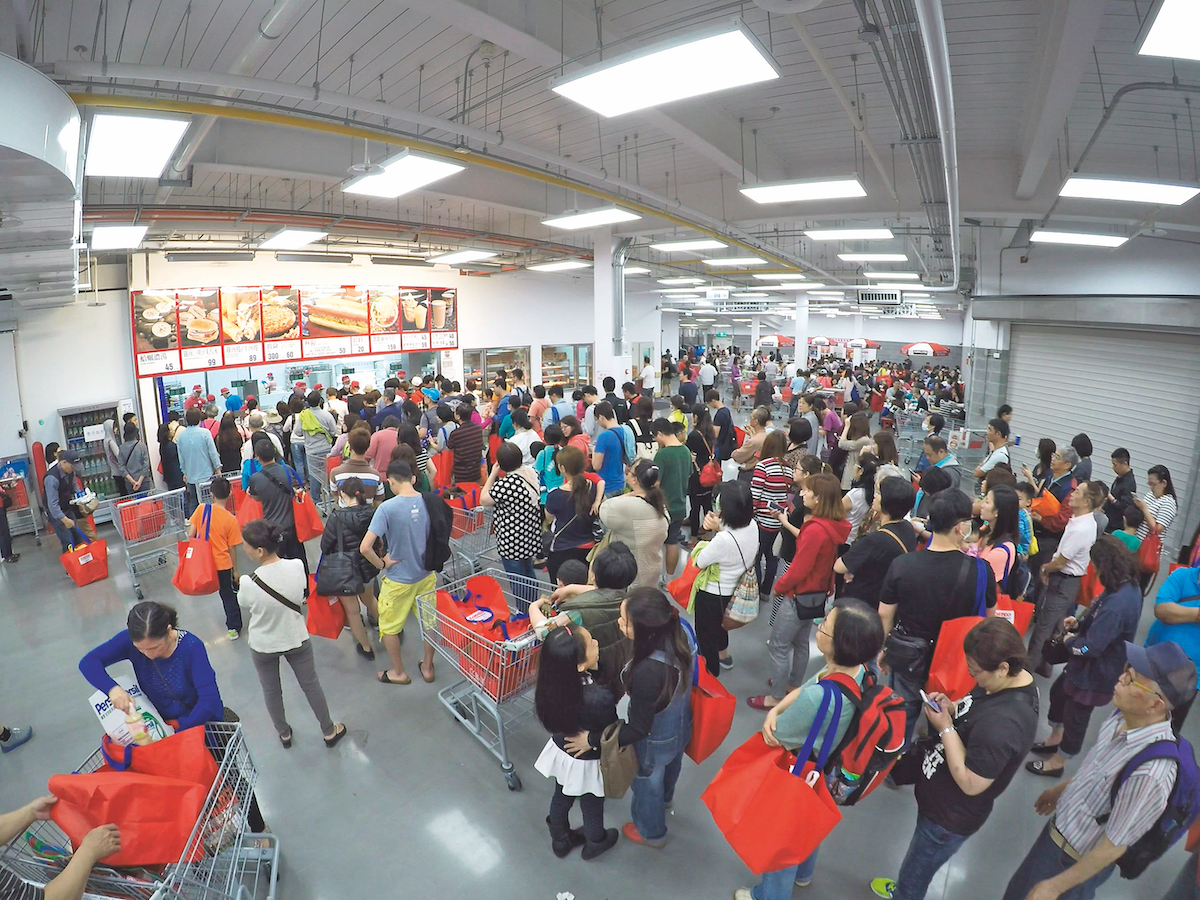
Now, as President Trump has sunk into tit-for-tat tariffs, that enthusiasm has dampened considerably. The most recent spate of tariffs has been a particular sore point for Costco; in 2017, company CFO Richard Galanti openly said that increased taxes on imported goods would lead to huge costs being passed on to consumers.
So urgent was the threat that it chose to include tariffs as a risk factor in an annual filing to the US SEC. “Tariffs are bad for everybody,” says Richard.
“I don’t think anybody wins with them. They’re a negative proposition. If you look at what we do in Asia, though, all things being equal, we’ll still be able to offer the lowest prices. But if you go the other way, and you apply these tariffs on Chinese imports, which are a big part of the US economy, you start to see problems,” he says.
“Again, all things being equal, I think Costco still has an advantage. But in both countries, we look elsewhere to avoid paying tariffs. For instance, in China, we were looking at bringing in US beef. If the tariffs are cost prohibitive though, we’ll have to bring in beef from Australia. In the US, if Costco thinks Chinese textiles have become cost prohibitive, they’re going to have to look for a substitute from Vietnam, Cambodia or Mauritius.
“We’re prepared for the worst-case scenario. But again, there are costs associated with that. We might not see the best results for customers, and that’s a by-product of tariffing being bad for everyone.”
Richard admits that customers will bear the brunt of the added costs. “We can absorb as much as we can, but some of that is going to be passed on to customers because it has to be. They’re the ones who will feel the negative impact of trade restrictions.
“We hope that won’t happen. From what I’ve seen, the dialogue between China and the US looks positive. So, we’ll see what happens. Based on what we know right now, I’m cautiously optimistic about the situation.”
Everyone’s part of the team
Although Richard focuses on customers throughout his conversation with The CEO Magazine, he’s keen to stress that he views everyone associated with the business to be important to him.
It’s the care Costco shows for these people that Richard believes has made the company as relevant today as it has been for decades. “In my 25 years with Costco, we’ve stayed relevant because we’ve elevated the quality of life for our employees and our members in each country that we’ve been in,” he says.
“In my 25 years with Costco, we’ve stayed relevant because we’ve elevated the quality of life for our employees and for our members in each country that we’ve been in.”
“It’s imperative that between markets, in every position we hire for, whether you’re an hourly employee or the director of finance and accounting, we pay the highest rates for our people.”
Richard maintains this is a way for the company to retain its competitive advantage. “We get employees who will see random increases in their pay and become confused as to why that happened. The reason though is often our competitors were beginning to pay similar rates for the same work, so we want to maintain a gap between us and our competitors. It’s small things like this that improve our employees’ quality of life.”
He says he first realised how much these small shifts in wages were impacting his employees when one turned up to work one morning driving an imported Volkswagen Scirocco.
“It’s 6am in the morning, and I looked at this kid, tapped on his window. He rolled down the window, and it was one of our junior programmers.
“I had to ask him how he could afford that car. He said he could because the wages that he earned at Costco were so good. There are so many employees like that; one of our warehouse managers told me he lives in an apartment complex next to a doctor and a lawyer; he said he would have never dreamed of that if he didn’t have the wages he’s on.
“This resonates with me, because it means Costco is making a positive impact on people’s lives. Whether it’s someone telling me they love Costco hot dogs or Costco toilet paper, we’re a brand that elevates the lives of employees and customers.”
Timeline of Costco
- 1976 Price Club opens in a remodelled airplane hangar in San Diego, California.
- 1979 Second location opens, and sales reach US$1 million.
- 1983 The first Costco store opens in Seattle, Washington.
- 1984 Price Club’s sales reach US$1 billion.
- 1985 Costco opens its first Canadian outlet in British Columbia.
- 1985 The Price Company, the corporate parent of Price Club, becomes the third most profitable company in the US.
- 1992 Price Club opens its first outlet in Mexico City.
- 1993 Price Company and Costco merge to form PriceCostco.
- 1995 Kirkland Signature, Costco’s private label, is founded.
- 1997 PriceCostco changes its name to Costco, and opens its first location in Taiwan.
- 1999 Average annual sales per warehouse reaches US$100 million.
- 2004 Costco is listed on the Fortune 500 list at 29th place.
- 2007 Costco.com sales exceed US$1 billion.
- 2008 Costco opens its first Australian office in Sydney.
Proudly supported by:
